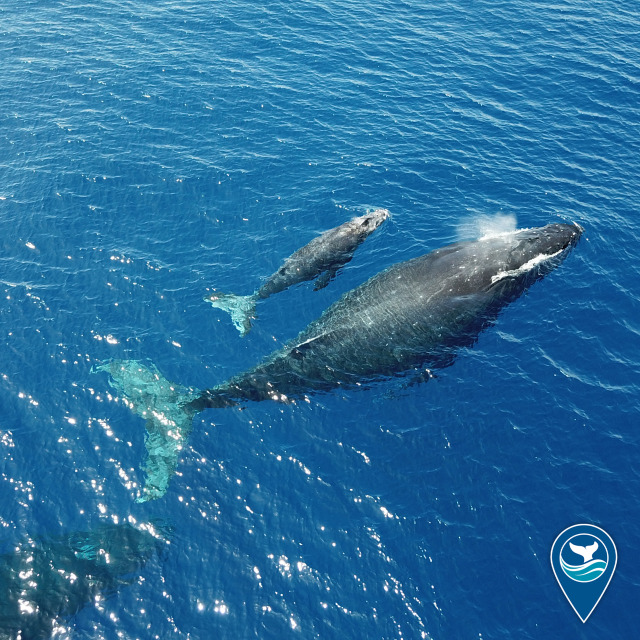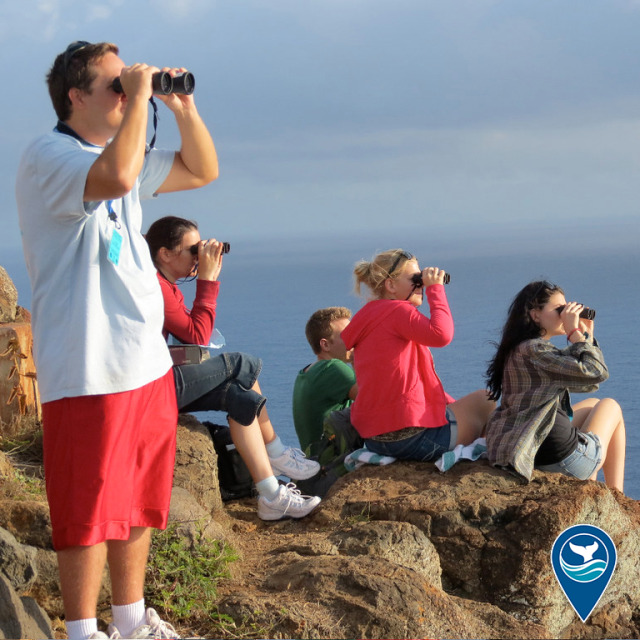#hawaiianislands

Keep your friends close and your mother closer
Did you know humpback whale calves stay near their mothers for up to one year before weaning? Mothers are protective of their calves, swimming closely and often touching them with their flippers. In the long-term, calves are likely to be found in the same feeding and breeding areas as their mothers.
Happy Mother’s Day from your National Marine Sanctuary System!
Photo credit: J. Moore/NOAA, under MMHSRP permit #18786-02

We’re sharing some of our favorite National Volunteer Month features from recent years. 2017’s two-part web story how citizen science and other volunteer programs help engage the public in the care of their national marine sanctuaries.
These volunteers are involved in Hawaiian Islands Humpback Whale National Marine Sanctuary’s Sanctuary Ocean Count, which offers the community a chance to monitor humpback whales from the shores of Oʻahu, Hawaiʻi and Kauaʻi.
Part 1: https://sanctuaries.noaa.gov/news/feb17/community-engagement-in-sanctuaries.html
Part 2: https://sanctuaries.noaa.gov/news/apr17/community-engagement-in-sanctuaries-citizen-science.html

We’re sharing some of our favorite National Volunteer Month features from recent years. 2020’s profiles showcased just a few of our 12,000 outstanding volunteers.
In this photo, volunteers with Hawaiian Islands Humpback Whale National Marine Sanctuary participate in the Sanctuary Ocean Count to keep track of visiting humpback whales.
